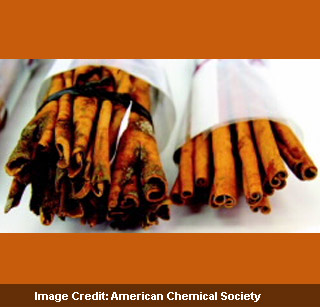
While Ceylon grows in Sri Lanka the Seychelles, and Madagascar, Cassia comes from China and Indonesia. Both the forms of cinnamon apparently contain coumarin. High intake of coumarin may result in liver damage among a small number of sensitive people. The research was commenced on 91 cinnamon samples purchased from stores in Germany. It was noted that coumarin levels presumably differ widely among different bark samples of Cassia cinnamon. Cassia bark samples of five trees from Indonesia were evaluated and a huge variation among samples collected from a single tree appeared. Researchers conclude that while Cassia cinnamon has the highest levels of coumarin, Ceylon had the lowest levels.
Cassia cinnamon powder supposedly had 63 times more coumarin than Ceylon cinnamon powder. On the other hand, cassia cinnamon sticks consisted 18 times more coumarin as compared to Ceylon sticks. Friederike Woehrlin and colleagues claim that distinguishing between Ceylon and cassia in cinnamon powder is next to impossible for consumers. Cassia cinnamon sticks are a thick layer of rolled bark and Ceylon cinnamon sticks have thin layers of bark rolled up into a stick. Additional investigations will be undertaken to identify factors influencing the coumarin levels in cassia cinnamon. Also attempts will be made to grow cassia cinnamon with low coumarin levels.
The research is published in ACS’ bi-weekly Journal of Agricultural and Food Chemistry.
